Recommended Routes
Visit famous temples along the Kishu Road in search of spiritual healing from the spectacular view of Wakanoura(2-day/1-night trip, Wakayama City, Kinokawa City, Iwade City, Wakayama Prefecture)
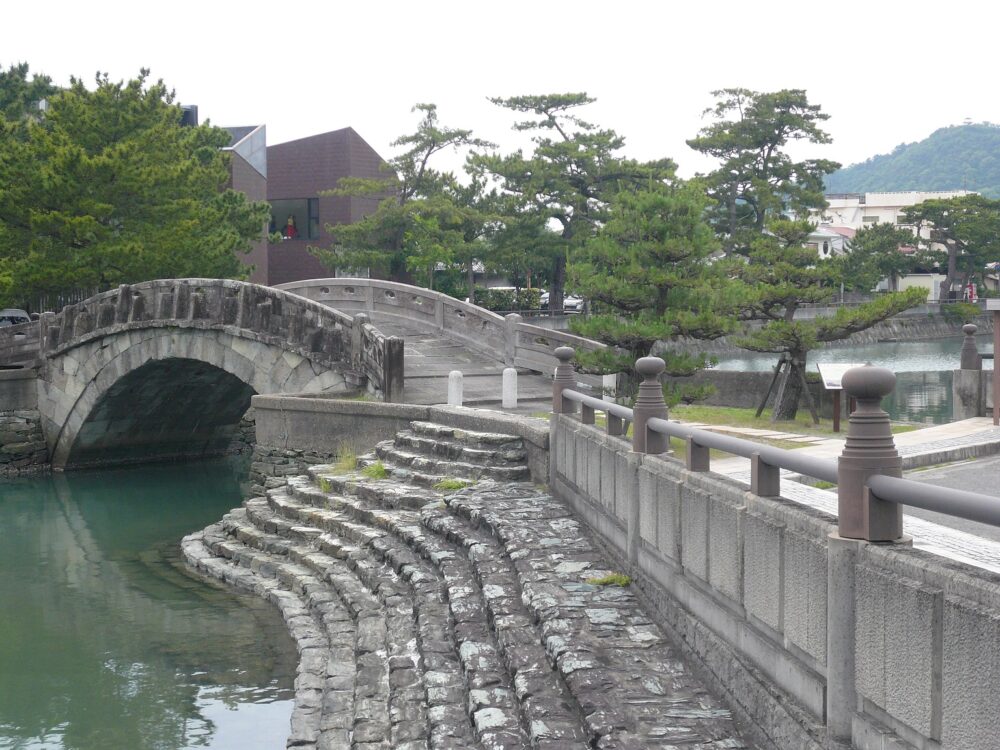
Waka-no-ura stretches from the tidal flat at the mouth of the Wakayama River in the south of Wakayama City to Saigasaki and Fujishirozaka on the Kumano Pilgrimage Route to Kiiji. It is a scenic spot loved and composed by many writers and artists, including the Manyoshu poet Yamabe Akahito and Kakihonin Maro.
On the first day, you will visit Tamatsushima Shrine, Kishu Toshogu Shrine built in 1851, and the arched bridge called Furo Bridge.
On the second day, from Kimiidera Temple, head east along the Kino River. We will visit Koukouji Temple and Negoroji Temple, where we will see many valuable cultural assets.
Video
Tabinohoshi “Wakayama, Wakayama” (The Best View of Eternity, Wakayama, Japan)
Route
- Osakaby bicycle
- Wakayama-jo Castleby car
- Yosui-teiby car
- Wakaura fishery harbor Ottotto Squareby car
- Kisyu Toshogu Shrineby car
- Furokyo Bridgeby car
- Tamatsushima Shrineby car
- Wakauraby car
- Kimii-dera Templeby car
- Seishu no Satoby car
- Kokawadera Templeby car
- Negoroji Templeby car
- Osaka
Highlights
-
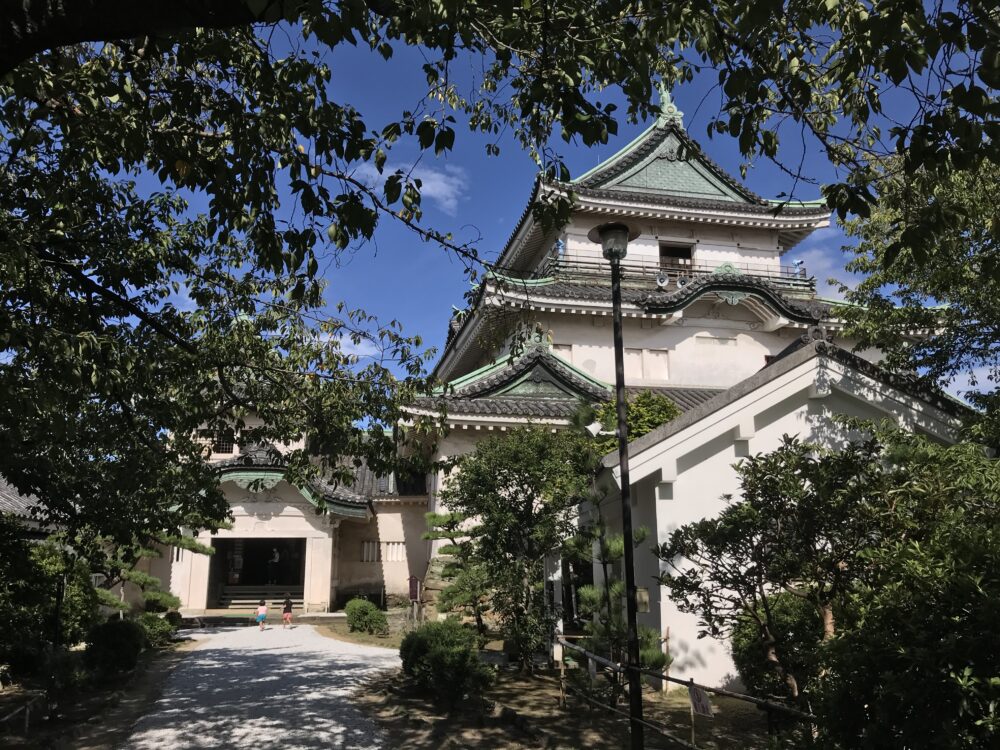
Wakayama-jo Castle
This is a house of Kishu family which is one of the three branch families of the Tokugawa house in Edo era. It stands on the hill at the center of the city and contains park inside. You can see the panoramic view of Katan kaikyo Channel, Kinokawa River, Wakaura from the castle tower.
Access:JR Wakayama Station][NankaiWakayamashi Staton and 15 minutes walk.
Admission fee: 410yen
Open: all year
-
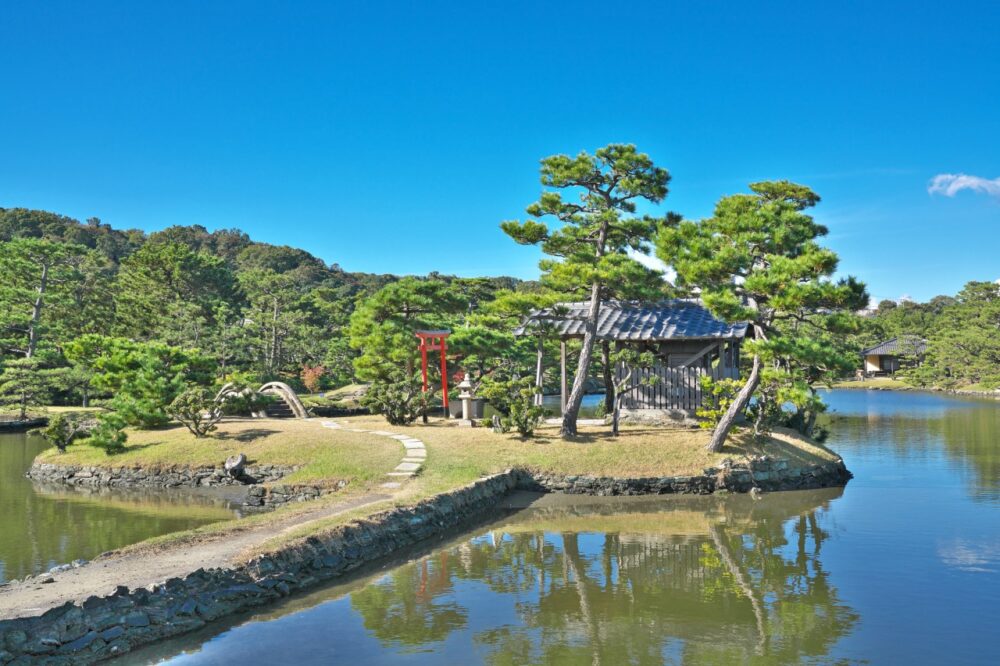
Yosui-tei
The teahouse “Yosui-tei” is a valuable building that has been engraved in 1821 on the tiles for more than 200 years. It is a building with a total floor area of 94 tsubo and 19 rooms, and is a rare building in Japan that remains in its old state on the old site as a villa building used by the feudal lord. In addition, not only the part used by His Highness, but also the surrounding area is almost completely preserved. Due to deterioration, it was completely dismantled and repaired from Heisei 3 to Heisei 6 for the preservation of cultural properties under the jurisdiction of the Agency for Cultural Affairs, and it retains the appearance of the past.
-
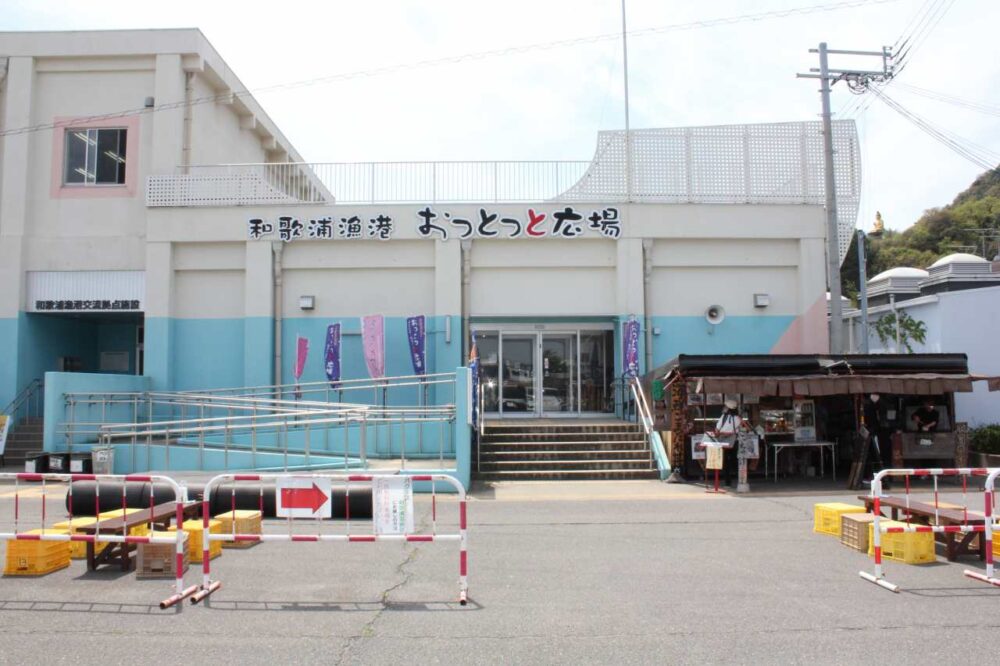
Wakaura fishery harbor Ottotto Square
There are sales booths where you can purchase fresh seafood such as wakashirasu (whitebait), clams, and green tiger prawns, which are caught in Wakanoura Bay, and other processed marine products at direct sales prices.
-
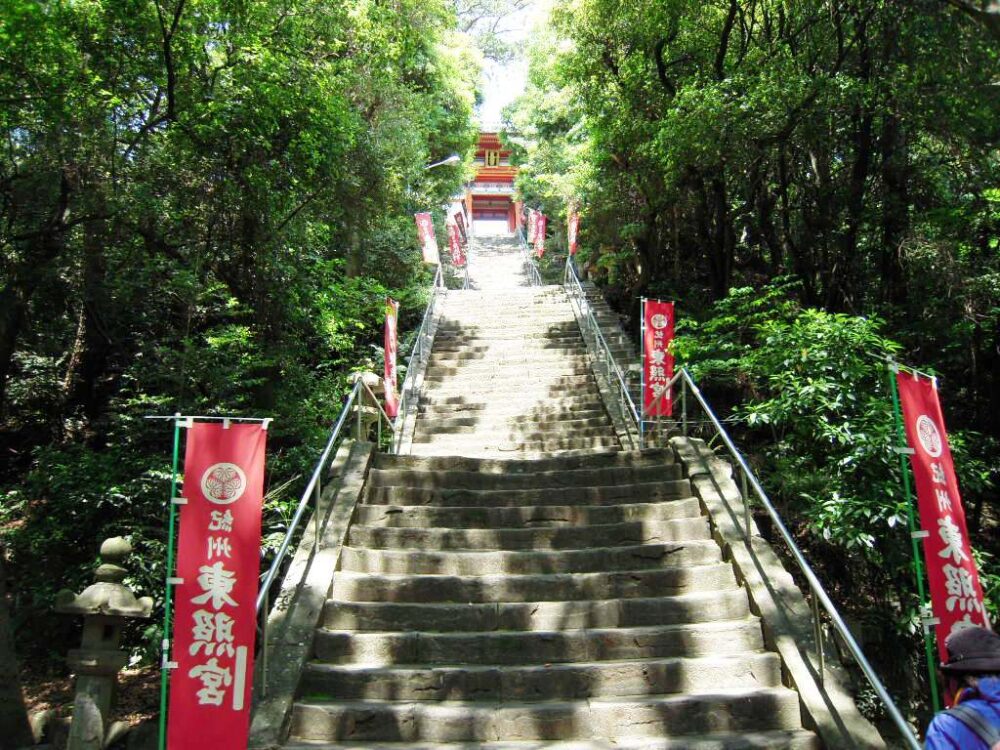
Kisyu Toshogu Shrine
Its building is a typical one of Edo era, and the place is called "Nikko in Kansai area" The building is decoratred with laquered elaborate curvings and colorful paintings on sliding screens. They say Hidari Jingoro, a skilled artist, designed the building.
-

Furokyo Bridge
This is a stone arch bridge, built in 1851 by Tokugawa Harutomi, over “Onarido,” the road traveled by the Tokugawa family and Toshogu-related people on their way to the otabisho when attending Wakamatsuri, a festival held at Kishu Toshogu. This kind of stone bridge, which typically has handrails with cloud patterns, from the Edo period are very rare except in the Kyushu region.
-
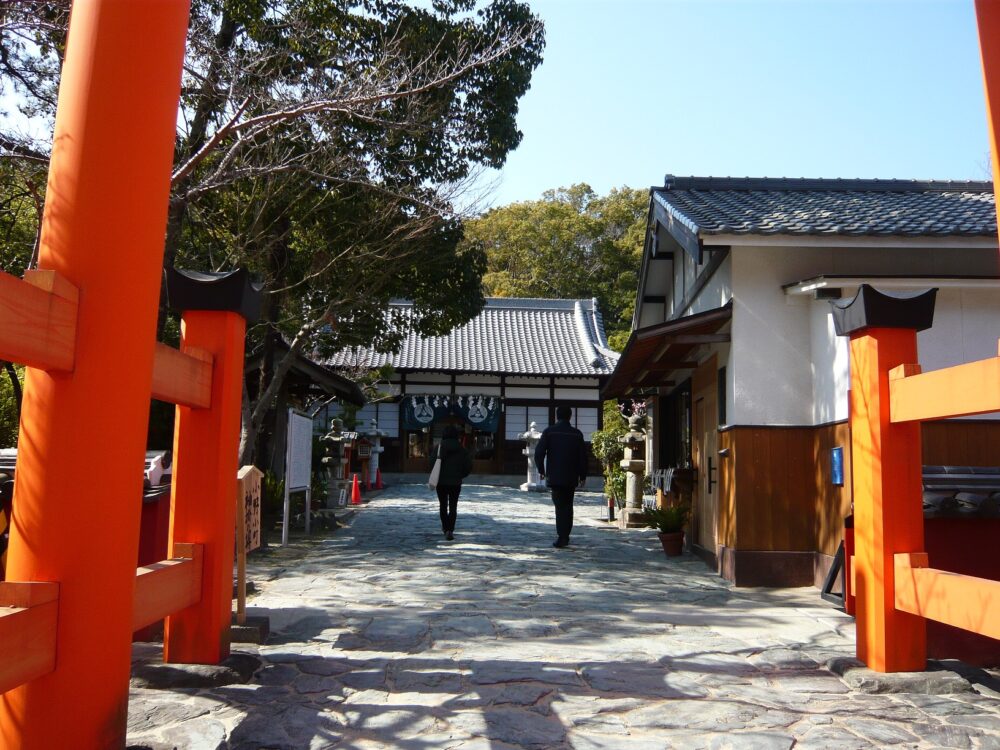
Tamatsushima Shrine
Worshipped as a shrine of gods of waka by many manyo poets since the ancient times, Tamatsushima Shrine has on its premises a monument inscribed with a manyo poem written by Yamabe no Akahito when the Emperor Shomu went out in 724 about the shrine, and Ono no Komachi Sodekake Byo near the torii, which Onono Komachi reportedly hung her sleeves on. Visitors can also see Neagari Matsu (a pine tree named Tsurumatu), which is designated as a natural monument.
-
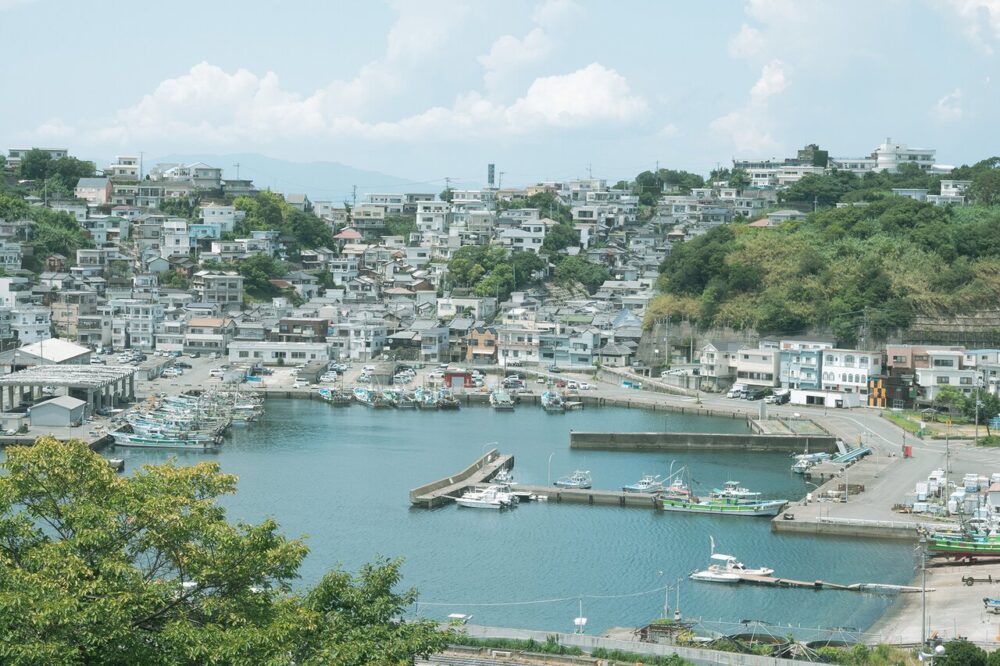
Wakaura
Poets had loved this beautiful view spot since old time. Tamatsushima Shrine is famed for the God of the traditional Japanese poem of thirty-one syllables.
Access:JR Wakayama Station, Nankaiwakayamashi Staton and take the Wakayama Bus "to Shinwakayama" and get off it at the Akebonobashi bus stop.
-
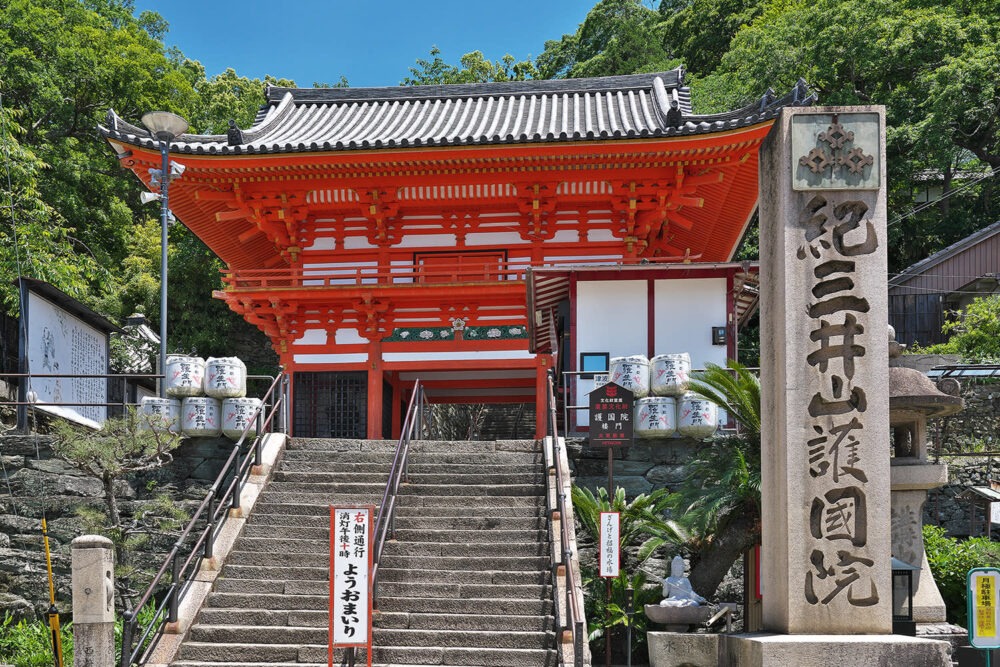
Kimii-dera Temple
This temple is famous for early-flowering cherry blossoms and it is also the second temple where you can get the amulet in west Japan and pilgrims in pilgrimage dressing with their walking sticks and an earnest eyes.
The precincts are located above more than 200 stone steps, but from April 5, 2022, elderly people and people with disabilities can now go up with peace of mind by using the cable car. You can see a beautiful scenery overlooking Wakaura Bay from above.
Entrance fee : 400 yen
Hours: 8:00-17:00 -
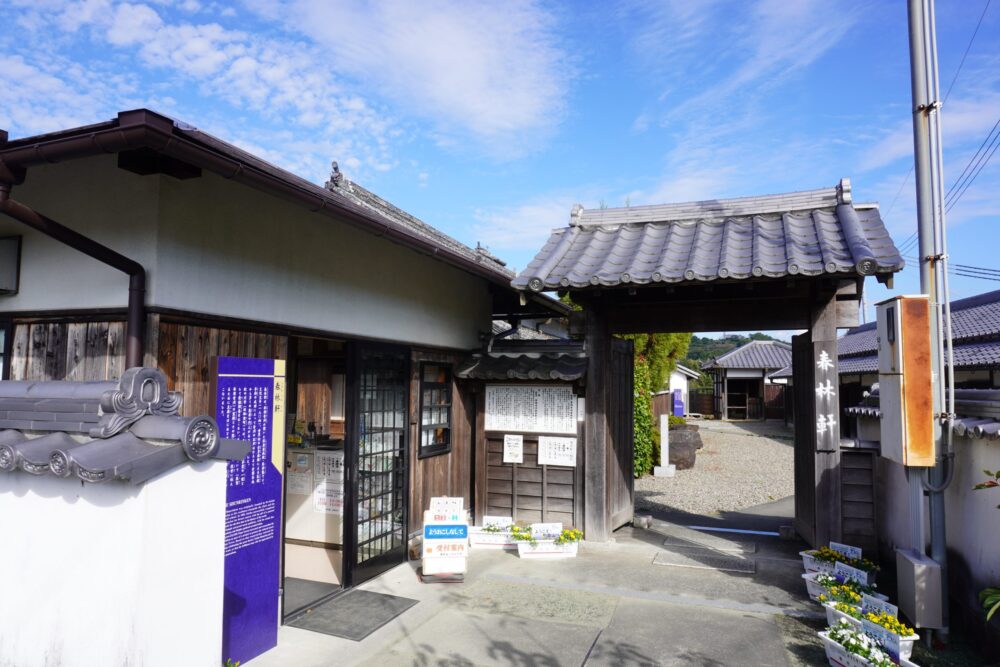
Seishu no Sato
Hanaoka Seishu, a wise physician, developed Tsusensan, a general anesthetic made from mandala jelly, and in 1804 (the first year of the Bunka era), performed the world's first successful breast cancer removal surgery. Seishu no Sato commemorates his achievements and has his residence and clinic, Shunrinken, restored as a facility where visitors can learn more about him.
-
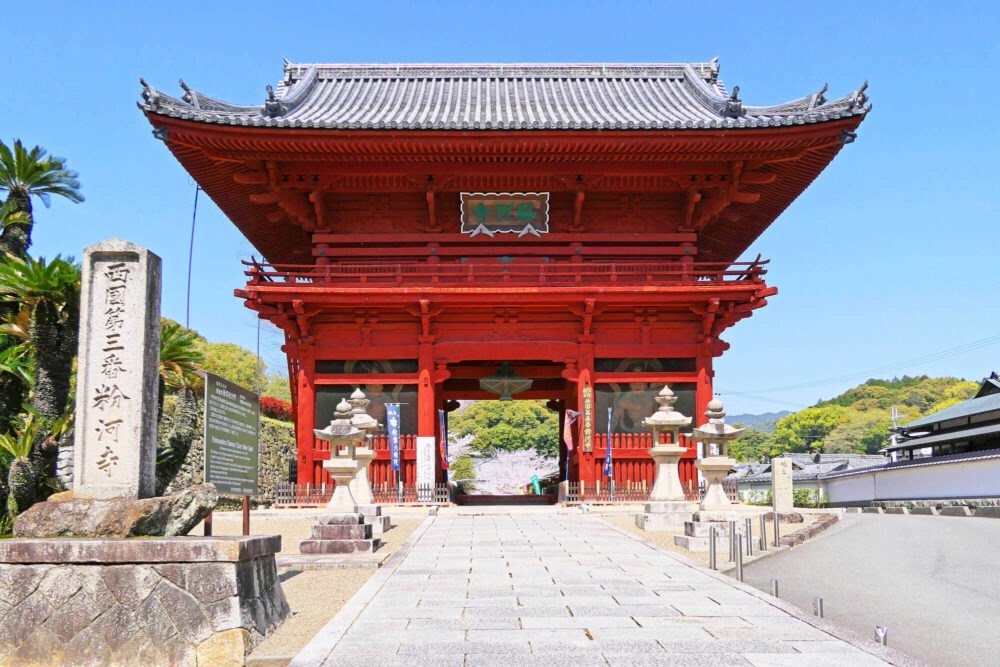
Kokawa-dera Temple
The famous temple is the third temple of the 33 Kannon temples of the Western Japan Pilgrimage and is still visited by many pilgrims today. The dry landscape garden in front of the main hall, which attracts people with its dynamic design, has been designated as a national place of scenic beauty.
Admission: Free (400 yen to see the inner sanctuary of the main hall)
Hours: 8:00-17:00 -
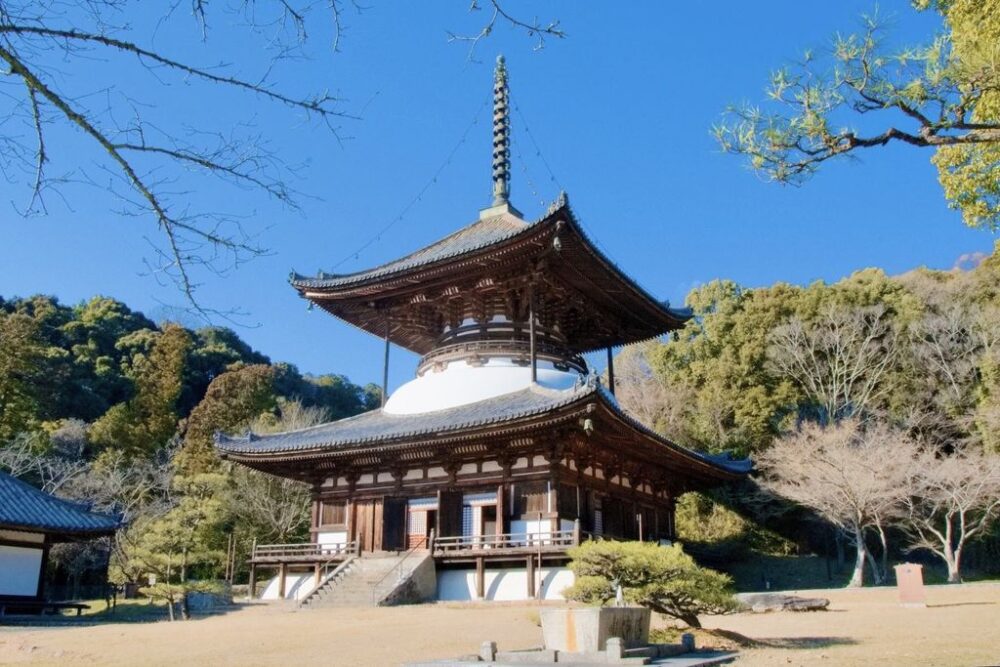
Negoroji Temple
This temple was founded by Kakuban Shonin, a priest who practiced Shingon esoteric Buddhism at Koyasan, and has a history and tradition of about 900 years since its foundation. The temple is famous as one of the best cherry blossom viewing spots in Wakayama Prefecture, and is crowded with many cherry blossom viewers in spring.
Admission fee : 500 yen
Hours of visitation: 9:00 - 16:30 (November - March: 16:00)
